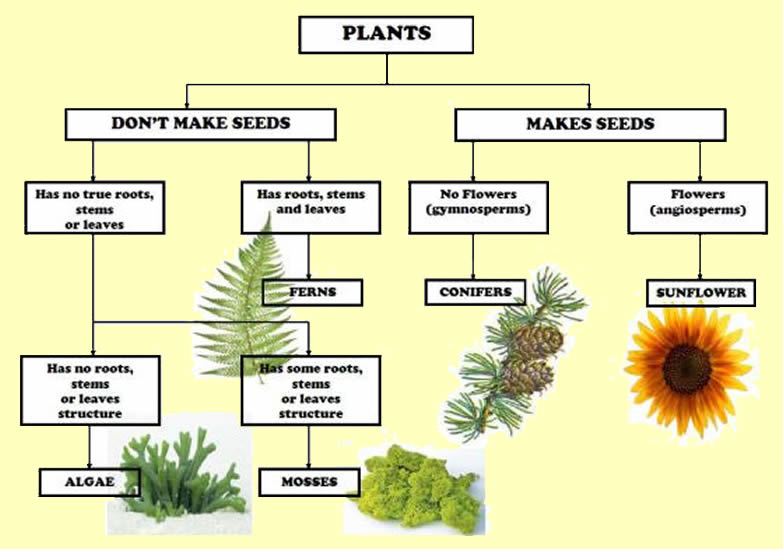Enlaces español:
murciélagos....http://link.edelvives.es/xhfoi
la interacción de las plantas con los animales (43min) http://link.edelvives.es/dsjoi
interactivo/partes de una planta: http://link.edelvives.es/flend
reproducción de los helechos: http://link.edelvives.es/uepfo
nutrición de las plantas:
https://www.youtube.com/watch?feature=player_detailpage&v=npNCzchvXTQ
reproducción de las plantas: http://link.edelvives.es/enmxy
actividades interactivas: http://link.edelvives.es/ zaepk
tropismos: http://link.edelvives.es/ubdzk
juego invertebrados: http://link.edelvives.es/xgdbv
animales vertrebados e invertrebados: http://link.edelvives.es/fhfar
el huerto: http://link.edelvives.es/efait
reproducción sexual de las plantas: https://youtu.be/fvyUvcRwX0E
metamorfosis de la mariposa:https://www.youtube.com/watch?feature=player_detailpage&v=GuHYB6O2b24#t=14
ENGLISH
Plants are essential for any ecosystem. They provide all the energy for the ecosystem, because they can get energy directly from sunlight. They use a process called photosynthesis to use energy from the sun to grow and reproduce. They also must get nutrients from the soil. Those nutrients get into the soil when decomposers break down waste and dead materials. Plants require space to grow and reproduce.
All other organisms in the food chain get energy from plants, either by directly eating them as herbivores do, or by eating plant eaters, like carnivores do. Omnivores can get energy either by eating plants directly or by eating herbivores.
Flowers : attract polinators and make seeds that will some someday grow into plants.
The stem: supports the plant and carries water, nutrients and plant chemicals.
leaves: have little openings that let air and water come and go.
seed: The part of the flower that holds the seed is called ovary. The petals fall and the ovary develops into a seed.A seed is a Little case with a plant inside.
roots: hold the plant steady in the ground.
https://www.youtube.com/watch?feature=player_detailpage&v=X6TLFZUC9gI
There are several different kinds of plants, and not all animals can eat all kinds of plants.

PLANT NUTRITION :
https://www.youtube.com/watch?feature=player_detailpage&v=hwwQU8DBaY8
Photosyntesis

Plants get their energy in a different way. They use photosynthesis. Here’s how it works:
Plants take water from the soil through their veins, which are called xylem. The water goes to the leaves. The leaves take carbon dioxide from the air into the plant. The carbon dioxide mixes with the water. Energy from the sun helps this process along and turns the combination into a sugar called glucose. The glucose is plant food. It gives the plants energy to grow.
Photosynthesis Vocabulary
Photosynthesis: the process of turning water and carbon dioxide into foodXylem: plant veins
Glucose: sugar
Chlorophyll: a substance in the leaves of plants
Fertilizer: contains plant nutrients.
Plant Respiration

As we can see from the word equations respiration and photosynthesis are opposites. Respiration uses oxygen and produces carbon dioxide. Photosynthesis uses carbon dioxide and produces oxygen.
How do plants make nutrients:
1. Plants absorb water and dissolve mineral through their roots.
2. xylem vessels: are tubes that carry the mixture of water and minerals.
3. Leaves absorb carbon dioxide through pores called stomas.
4. Photosynthesis takes place inside the seeds.
https://www.youtube.com/watch?feature=player_detailpage&v=6aC-WTAWgOg
https://www.youtube.com/watch?feature=player_detailpage&v=aL-DY9h5U7c












